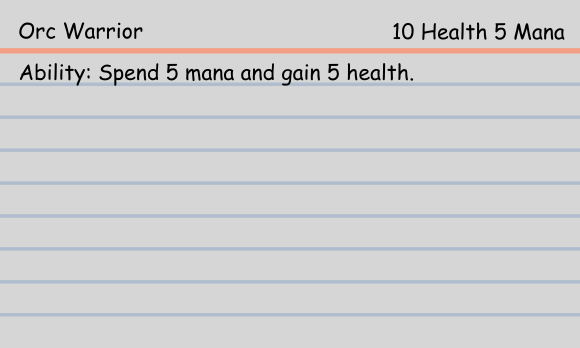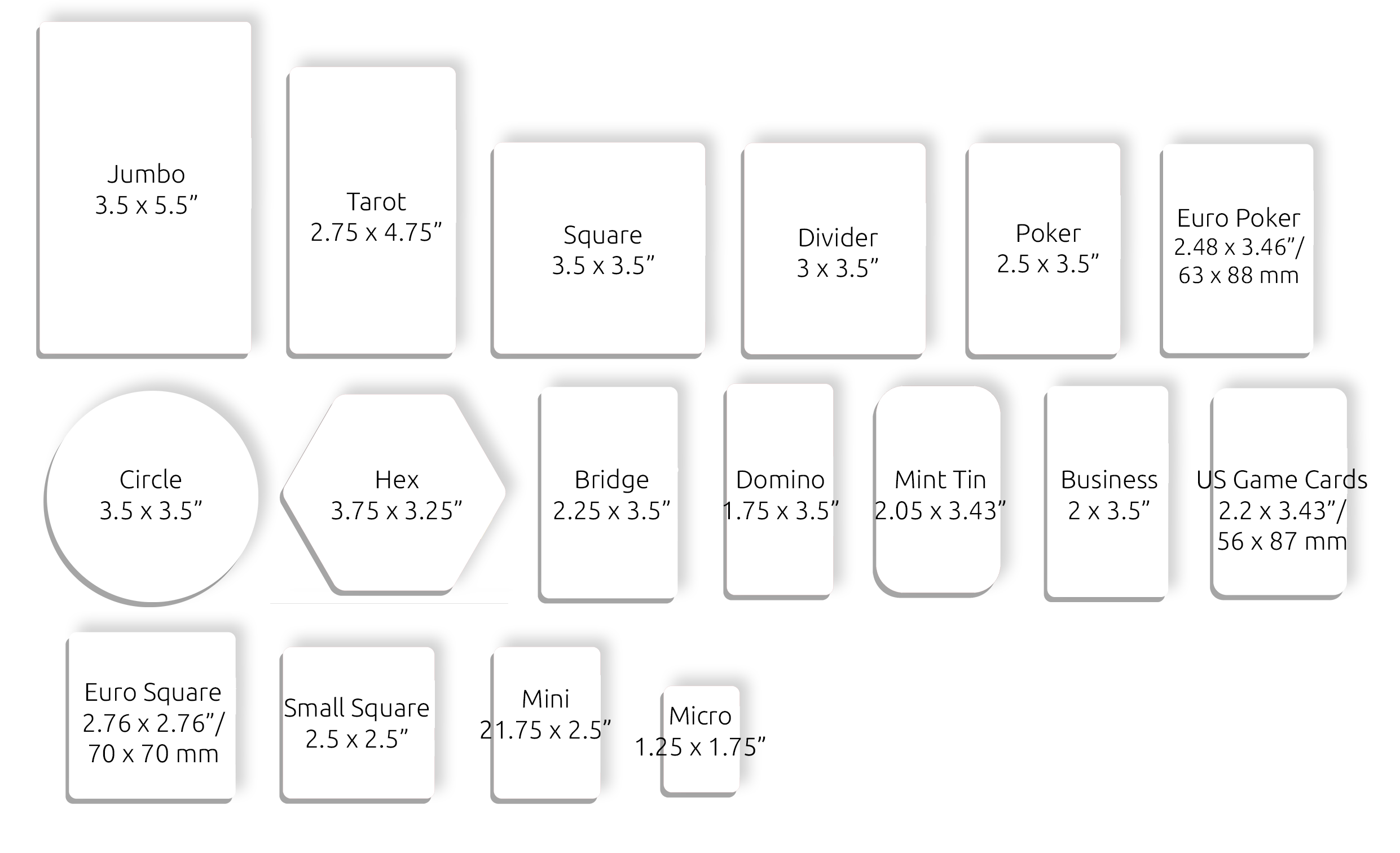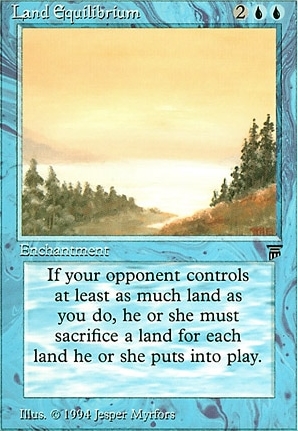Board Game Prototyping
The best way to get started turning an idea into something playable is with a paper prototype. A paper prototype is a barebones version of your game usually sketched out on loose paper and index cards.

You could make your favorite game out of index cards and it would probably be just as fun.
You don't need to be too detailed starting out. Whether or not it's a Goblin Mage or an Orc Mage isn't important. Often you don't really need content at all. The main goal is to see of the mechanics allow the game to be completed.
As an example, my first prototype of my 1v1 Cold War card game Caps and Hammers was a handful of index cards with 1-7 written on one side, and a blank side. Players take turn distribute their cards worth 1-7 power points among the three cards in play that were worth between 1 and 3 victory points. Whoever had the most power wins the victory points.
Hidden deployment and limited resources were a strong foundation to build on, and, shockingly fun for how little was going on.
How to Pick Components?
There a hundreds of different kinds of components that could represent your board game mechanics. A good place to start is TheGameCrafter's custom printed component catalog and their stock component catalog to see what is typically used to make board game. You can also stock up on blank components to help get you started. TheGameCrafter is a print-on-demand service that I use for creating professional looking prototypes.

Generally don't use a big card where a small one will do.
A poker card is 825x1125 pixels or 2.5x3.5 inches.
Poker cards are the smallest cards that fit comfortably in a hand. Mini cards and mint tin cards are shuffable and stackable, but micro cards are very difficult to handle as a card.
The small version of most chits are very small. Medium is the first size of chit where text is reasonable readable.
Turn Rules into Components
Rules you have to remember in your head can be made simpler by tying the rule to a component. For instance, in a war game I designed, I made the peace treaties that end wars a literal paper treaty you sign.
It's worth watching your component count, as the more components you need, the more likely it is that your game is too complex. Games with alot of components also are difficult to set up, heavy, and costly. Like rules, less can be more.
Making edge cases an explicit component is another way to reduce the confusion they cause. For instance, I had a rule where spending too much power in one place incured a penalty. Rather than remembering that the entire time, I moved that rule into the text on the physical component the player was spending on.
Art? In my Prototype?
Good looking art has no place in prototyping. It can be fun to make nice looking art for your board games, but it is largely a distraction for your design work, and is often a turn off for publishers. Publishers worry that you will be unwilling to change your art. Art is the responsibility of publisher.

The forest and horizon is the art. The frame and text around it is the graphic design.
Your prototype should still be easy to understand at a glance however. Graphic design and art are different disciplines. If you were the graphic designer for Magic the Gathering, your job would be to make the text and icons easy to read and use. Testing your graphic design during playtests is imperative, as bad graphic design can hide good mechanics design.
Iterating on your Prototype
Your playtest feedback is in: you need to change your 2-player chess-like into an 8 person drinking game. If your game has 120 cards and 6 boards, you might now need to create hundreds of new pieces of art, what a nightmare!
I created the board game production app Templative because of that story. My codesigner wanted to run an experiment with a larger player count and drinking rules, but he depended on me to make the art. Now with Templative, making changes and exporting my games is nigh instant.
The Quickest Ways to Sharing
If you have a printable prototype, then you're ready to share. If your friends want to play virtually, then you'll need a virtual version of your game.
What's Next
Once your prototype is ready to go, it's time to begin playtesting!
Tabletop Simulator is a game that allows you to create custom virtual board games to play with your friends. They provide their own guide to making custom dice that includes dice art templates.